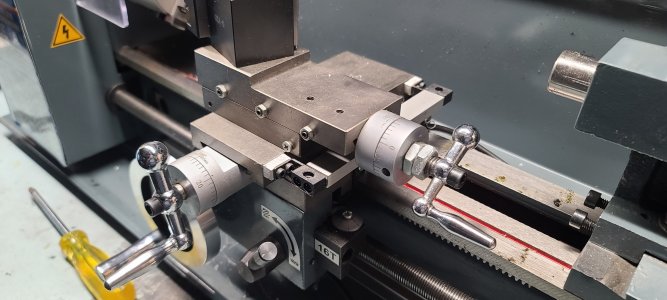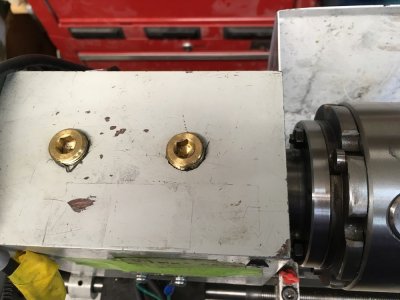Hi
I want to change the spindle bearings on my king 7x12 lathe. I understand that sealed angular contact bearings are the best to use as opposed to tapered bearings.
My question is quality vs price. I see I can get them at McMaster Carr for close to 200$ and I also see them at other sites around 30. Is there a difference in this application? Where's another source?
Finally I have to remove the headstock to access them. Any issues with realignment afterwards? How do they make sure the spindle then lines up parallel with the bed?
Thanks, Tom
I want to change the spindle bearings on my king 7x12 lathe. I understand that sealed angular contact bearings are the best to use as opposed to tapered bearings.
My question is quality vs price. I see I can get them at McMaster Carr for close to 200$ and I also see them at other sites around 30. Is there a difference in this application? Where's another source?
Finally I have to remove the headstock to access them. Any issues with realignment afterwards? How do they make sure the spindle then lines up parallel with the bed?
Thanks, Tom







